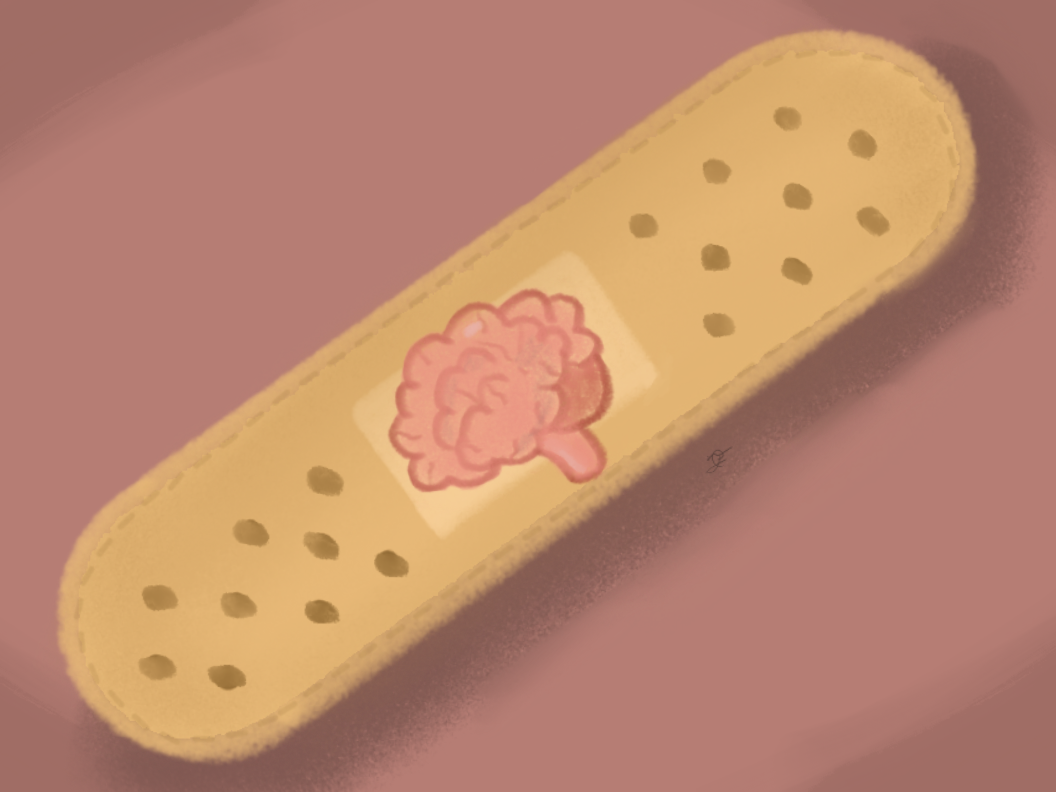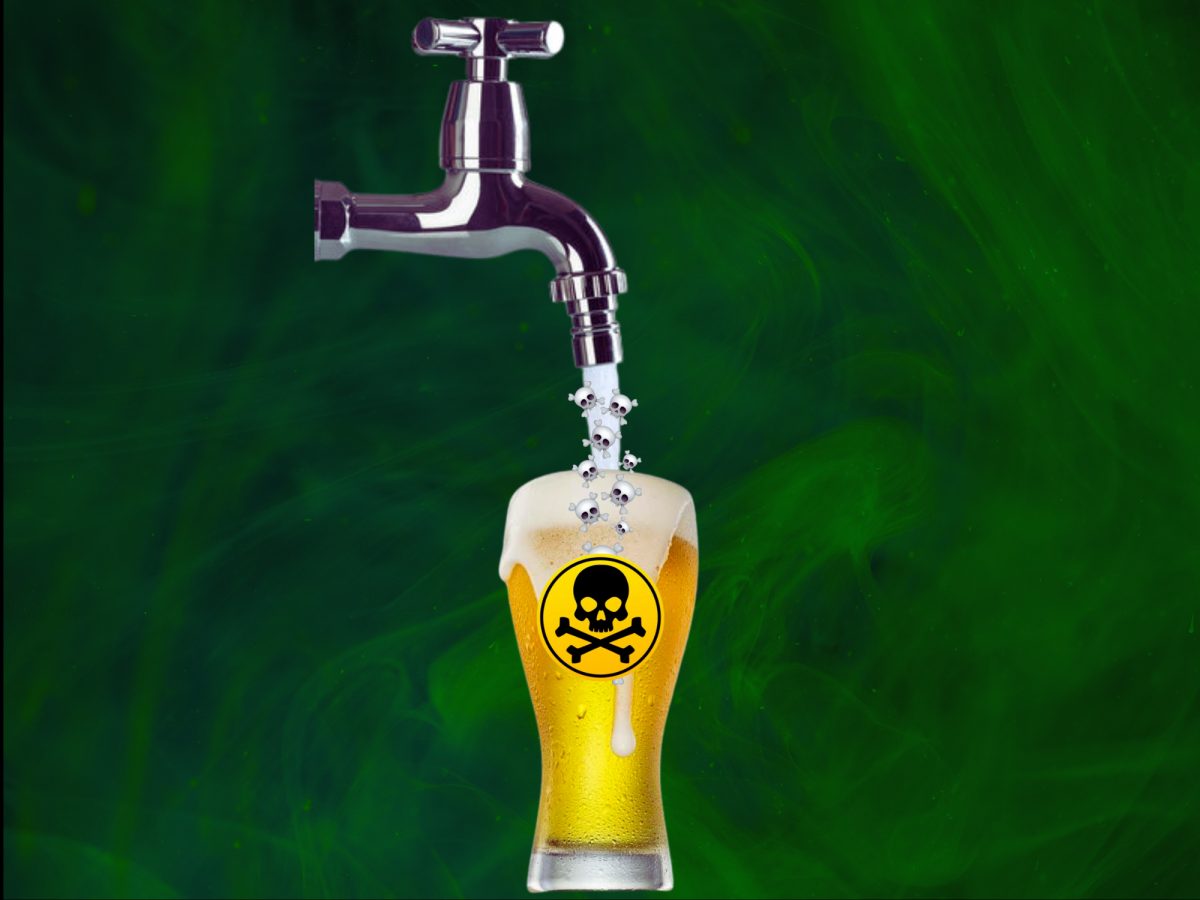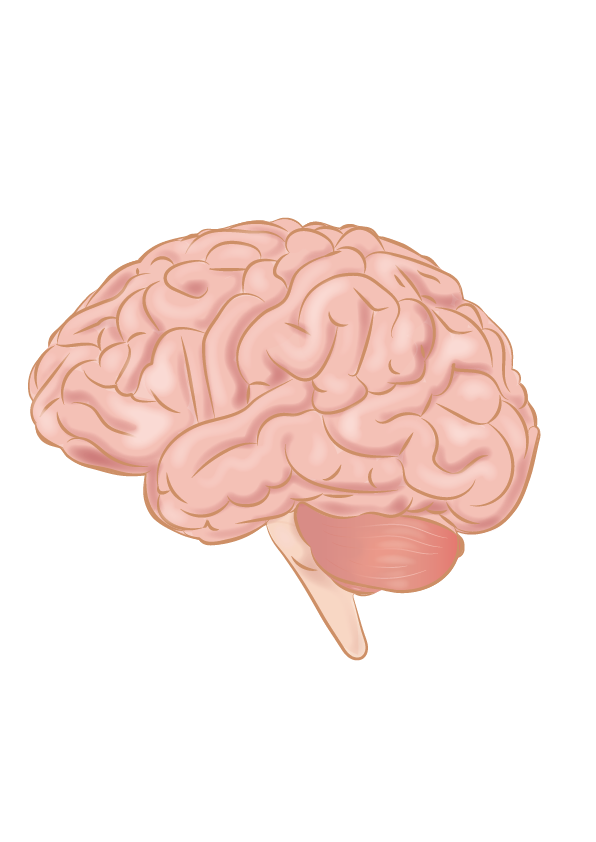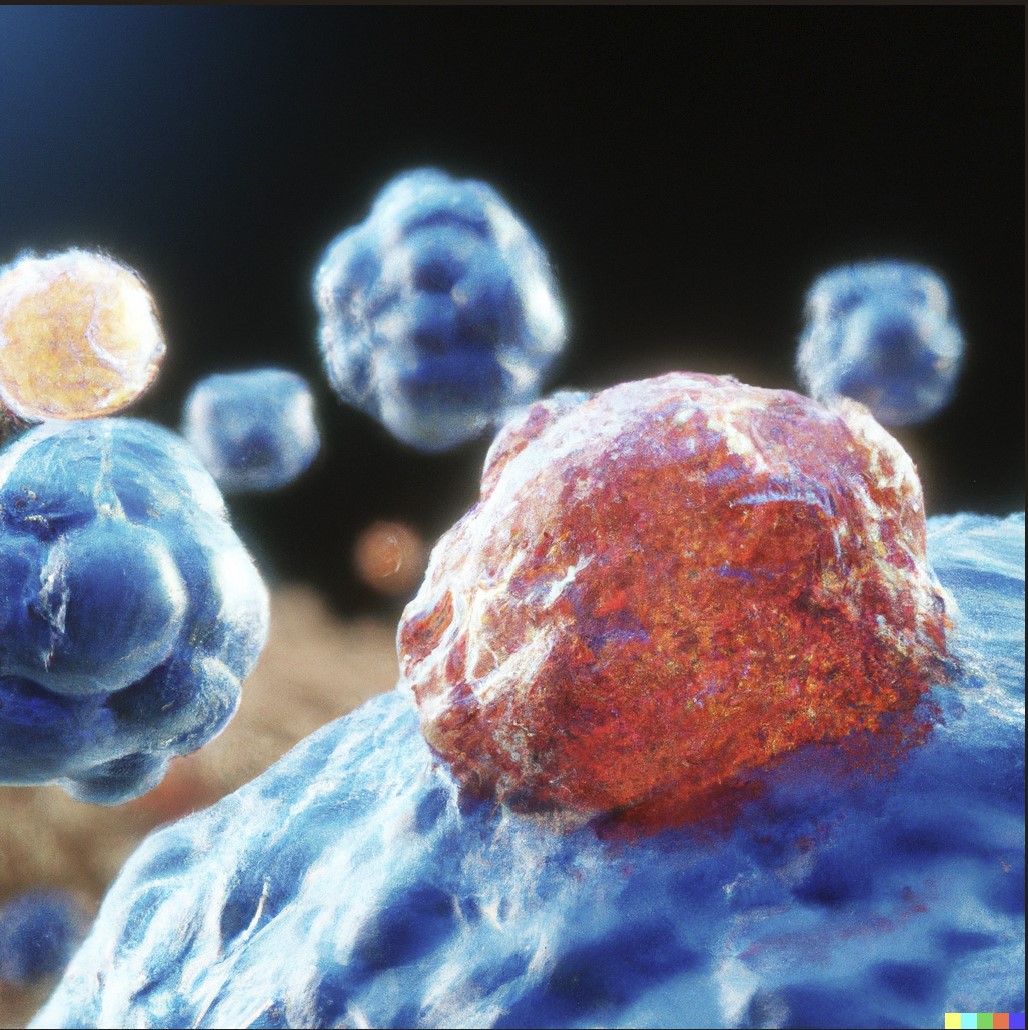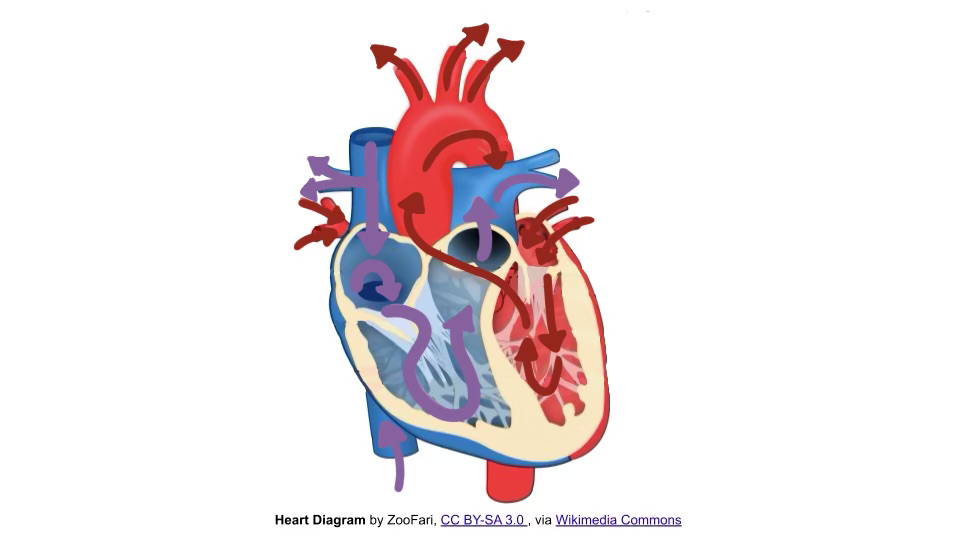Engineers at the University of California, Santa Cruz have built a battery-powered “smart bandage” that uses a camera, artificial intelligence and bioelectronics to monitor wounds and provide treatment, cutting healing time by about 25%.
The device is called a-Heal and takes images of wounds every two hours. It then identifies the healing stage and applies either a gentle electric field or medication to heal the wound.
“Our system takes all the cues from the body, and with external interventions, it optimizes the healing progress,” Marco Rolandi, professor of electrical and computer engineering and the project’s lead investigator, said.
The bandage has a small camera and an LED ring in a water-resistant case that attaches to a gauze pad.
It sends images to an AI system, and if healing slows — for example, if inflammation lasts too long — the bandage steps in, using a gentle electric field to guide skin cells or a small dose of medicine to help the wound heal faster.
“It’s essentially a microscope in a bandage,” Mircea Teodorescu, an associate professor who led the imaging subsystem, said. “Individual images say little, but over time, continuous imaging lets AI spot trends, wound healing stages, flag issues and suggest treatments.”
The AI uses reinforcement learning, which is a model developed by applied mathematics Associate Professor Marcella Gomez that reads each image and places the wound in one of the four healing phases: hemostasis, inflammation, proliferation or maturation. It then predicts the best path.
Afterwards, it adjusts and checks progress with the next set of images. Though, “it’s not enough to just have the image,” Gomez said. “You need to process that and put it into context. Then, you can apply the feedback control.”
In tests on pigs, wounds treated with the smart bandage healed faster than those given standard care. By day 22, the treated wounds had formed thicker, new skin and showed gene activity linked to lower inflammation and tissue repair.
Overall, healing was about 25% faster. The researchers highlight the device’s closed-loop design, like how it senses, analyzes and treats wounds on its own while doctors can watch the progress through an online dashboard. They say this could bring advanced wound care to people with limited mobility or those living far from clinics.
The approach builds on earlier findings that outside electric fields can help skin grow back and controlling serotonin levels can reduce inflammation.
Inside the bandage, a ring-shaped circuit board directs current to eight small reservoirs, four of which are filled with saline to create an electric field and four with fluoxetine.
A central electrode stabilizes the setup and integrated sensors monitor drug and current delivery, enabling the system to optimize the dosage over time. The device is still in its early stages. The study was small and some devices failed when the animals moved around. The team plans to shrink the electronics, make the bandage more flexible for different wound shapes and test it on chronic and infected wounds.
They also want to compare the AI-driven approach with manual use and other standard treatments. The researchers say timing and dosing are key, and an adaptive system can work better than one-size-fits-all care.
In the study, the device typically began with electric-field therapy and switched to fluoxetine as the wound moved from inflammation to proliferation.
This change was reflected in images, analyzed by the device, put into context and, as previously mentioned, closely monitored to accurately determine when and how to adjust treatments, rather than relying on fixed schedules.
If future studies prove it’s safe and effective, a-Heal could be a model for other smart bandages that combine simple imaging with on-demand treatment and bring advanced wound care outside hospitals.


